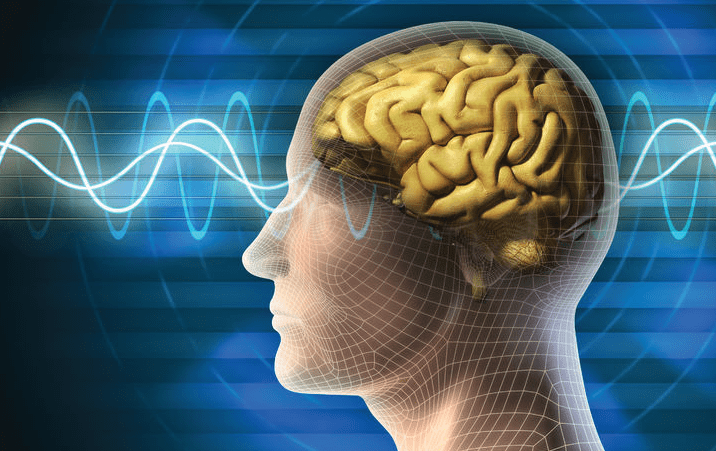collaborative research team comprising scientists from IIT Mandi and National Brain Research Centre, India and University at Buffalo, USA, performed mathematical simulation studies on non-invasive brain stimulation techniques.
The results of the team’s recent work in the area have been published as an abstract in the journal, Brain Stimulation. The abstract has been co-authored by Dr Shubhajit Roy Chowdhury from IIT Mandi, Dr Yashika Arora from National Brain Research Centre, India, and Dr Anirban Dutta of University at Buffalo.
Also read : IIT Bhubaneswar Placement 2021: 55% BTech Students Get Top Offers In First 3 Days
What is non-invasive brain stimulation?
Transcranial electrical stimulation (tES) is a non-invasive brain stimulation technique that passes an electrical current through sections of the brain to study or alter brain function.
This is not a new concept, and dates back even before the discovery of electricity. In the first century AD, the Roman physician Scribonius Largus applied the black torpedo, an electric shock producing fish, to the head of the emperor to alleviate his headache.
Soon after the discovery of electricity in the 18th century, portable electrostimulation devices were designed to treat various neurological syndromes including headaches.
In modern day tES, multiple electrodes are applied to the scalp of the patient, and current is passed between the electrodes through the soft tissue and skull.
Courtesy – IndiaToday








